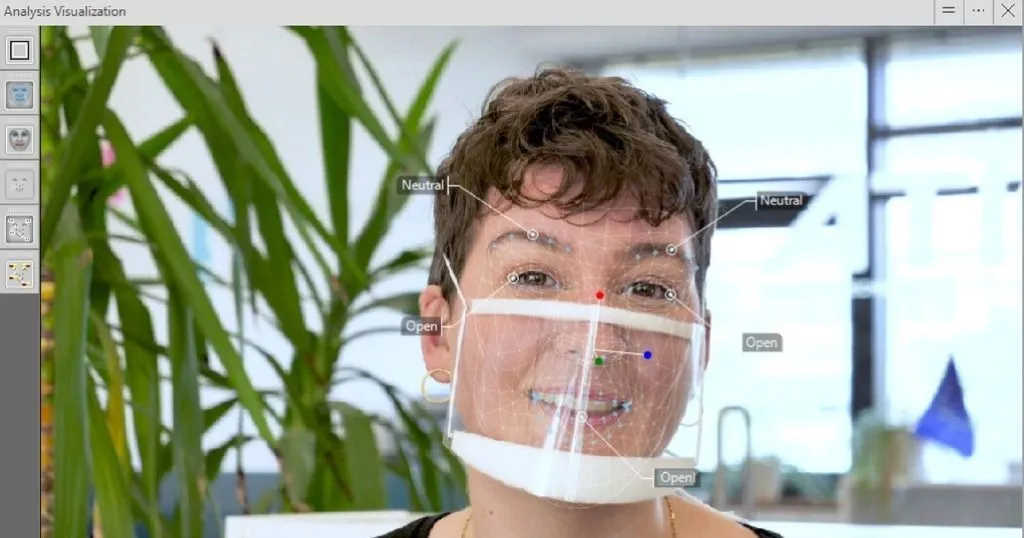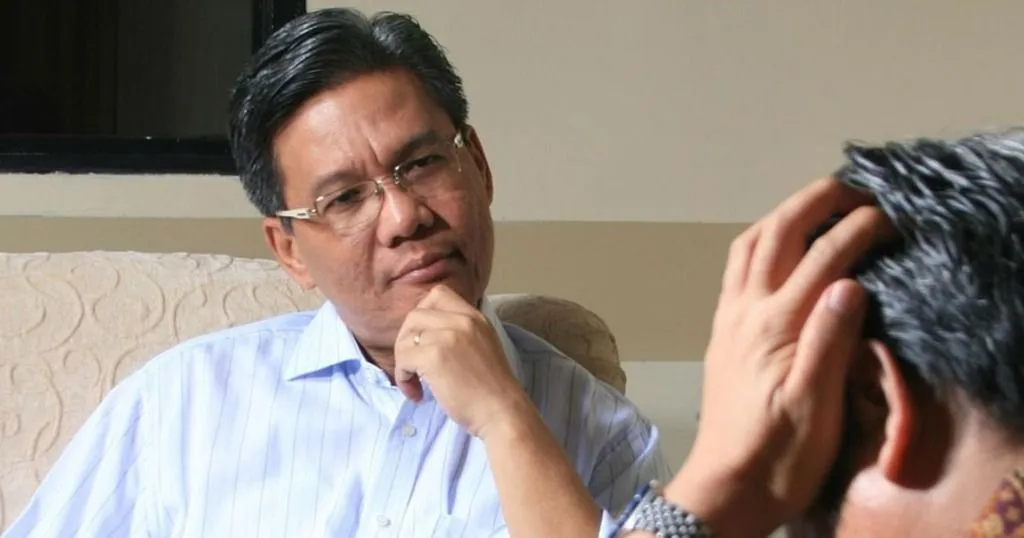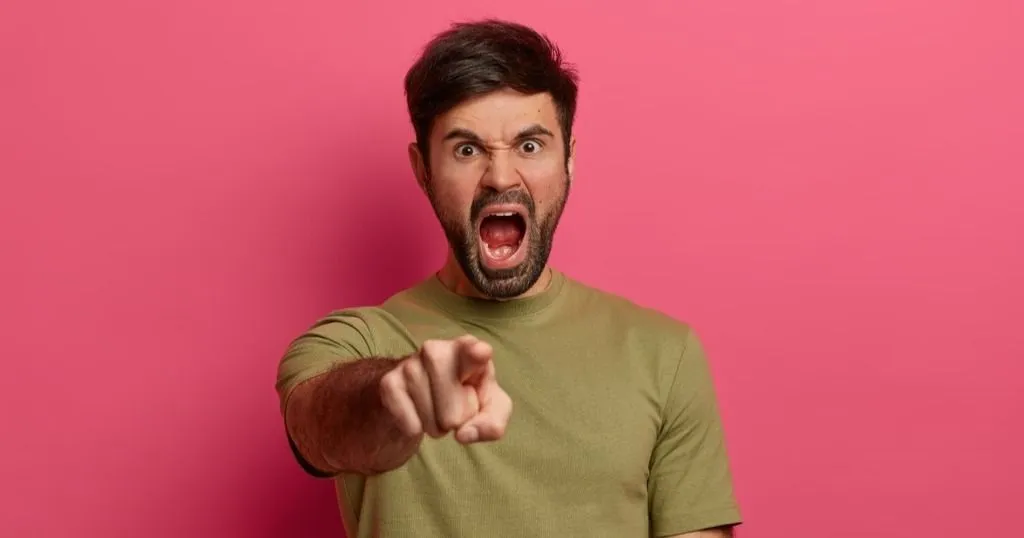Why a clear mask is essential for clearer communication
For people who are deaf or hard of hearing, it is essential to be able to see the movements of the mouth while communicating. With the help of clear masks they can access the full facial expressions.
Posted by
Published on
Tue 15 Dec. 2020
Topics
| Communication | Emotions | FaceReader | Facial Expression Analysis | Doctor-patient Interaction |

It is very natural to look at someone's face when we have a conversation. Often, we do this without thinking, unconsciously. After all, it is pleasant to look your conversation partner in the eye. Besides, seeing how someone's mouth moves when he or she is talking helps to listen and understand.
The COVID-19 pandemic increasingly forced us to wear face masks in all kind of situations, in order to protect ourselves and to prevent spreading the corona virus. For example, when we travel by public transport, when we are in public places, and of course when we provide care to patients.
Earlier this year, my colleague Patrick Zimmerman wrote a blog post about face masks and non-verbal communication. He described how wearing a face masks affects communication since we then have to rely on facial signals that are visible, which are the eyes and eyebrows.
Barriers to communication
For people who are deaf or have hearing impairments, it is essential to be able to see the movements of the mouth. These movements make the facial expressions complete, and lip reading helps understand the conversation. Losing this element in communication can lead to confusion and misunderstanding.
In any way, it takes a lot more effort to understand the other. It might even make it impossible. This extra barrier to communication should be prevented as much as possible.
Effective communication in doctor-patient interaction
This also applies to the interaction between patients and health workers. Efficient and effective communication is necessary in doctor-patient as well as nurse-patient consultations. For example, it is essential that a patient understands the doctor's explanation about a treatment or examination.
This enlarges the likelihood of successful progression, it prevents a patient from feeling insecure, and ultimately increases the patient's well-being.
Many factors play a role in these interactions. For the deaf and hard of hearing, but also, for example, for people with dementia or learning disabilities, this includes being able to see the movements of the mouth. It creates a human connection and reduces stress.
However, with opaque masks covering the faces around us, we are unable to access the facial expressions and lip movements that are so vital to daily communication.
Clear masks are essential for clearer communication with people with hearing impairments
That is why clear or ‘see-through’ face masks have been designed to support communication with people with e.g. hearing impairments, dementia, or learning abilities.
ATiC of the University of Wales Trinity Saint David cooperated with Tyddyn Môn, a non-profit organization working with people that live with learning disabilities, and Dr. Sarah Bent of the Betsi Cadwaladr University Health Board who led the project to study the effectiveness of different clear mask designs. They aimed to understand the benefits of clear masks in preventing barriers to communication between health staff and patients.
The full facial expression is essential
The collaborative team developed a remote test method to rapid assess fitness for purpose for a number of masks, including clear and full-covering masks, that were tested with 5 representative users from their homes. Using the site license for FaceReader allowed them to assess the performance of these products, even during lockdown, with a study protocol that focused on analyzing users’ emotional responses and usability of the masks.
FREE WHITE PAPER: FaceReader methodology
Download the free FaceReader methodology note to learn more about facial expression analysis theory.
- How FaceReader works
- More about the calibration
- Insight in quality of analysis & output
In terms of emotional response and facial expression analysis, the researchers repeated a few exercises with the representative users whilst wearing the different masks so they could establish a base line for the comparative analysis between the final results obtained for all study participants and masks.
Overall, those masks with clear sections demonstrated consistency in both usability and facial expression analysis against the full-covering ones, showing a clear need for clear mask options to be available for ease of communication between clinicians, patients, and the community. Their aim was also to inform the future production of clear view face coverings.
In conclusion, it can be said that clear masks help communicate better as they remove communication barriers. Even if someone is wearing a mask, you can still see them smiling.
References
- https://www.uwtsd.ac.uk/news/press-releases/press-2020/user-centred-innovation-project-to-understand-how-face-masks-affect-communication.html
- https://bcuhb.nhs.wales/news/health-board-news/clear-face-masks-to-be-trialled-to-support-people-with-hearing-loss/
- Chodosh, J.; Weinstein, B.E. & Blustein, Jan (2020). Face masks can be devastating for people with hearing loss. BMJ, 370:m2683. https://doi.org/10.1136/bmj.m2683
Thanks to Yolanda Rendón Guerrero, ATiC Innovation Fellow, for providing in-depth information.
Photo Courtesy: ATiC
Related Posts

7 things you need to know about FaceReader

Healthcare communication - dealing with emotions
